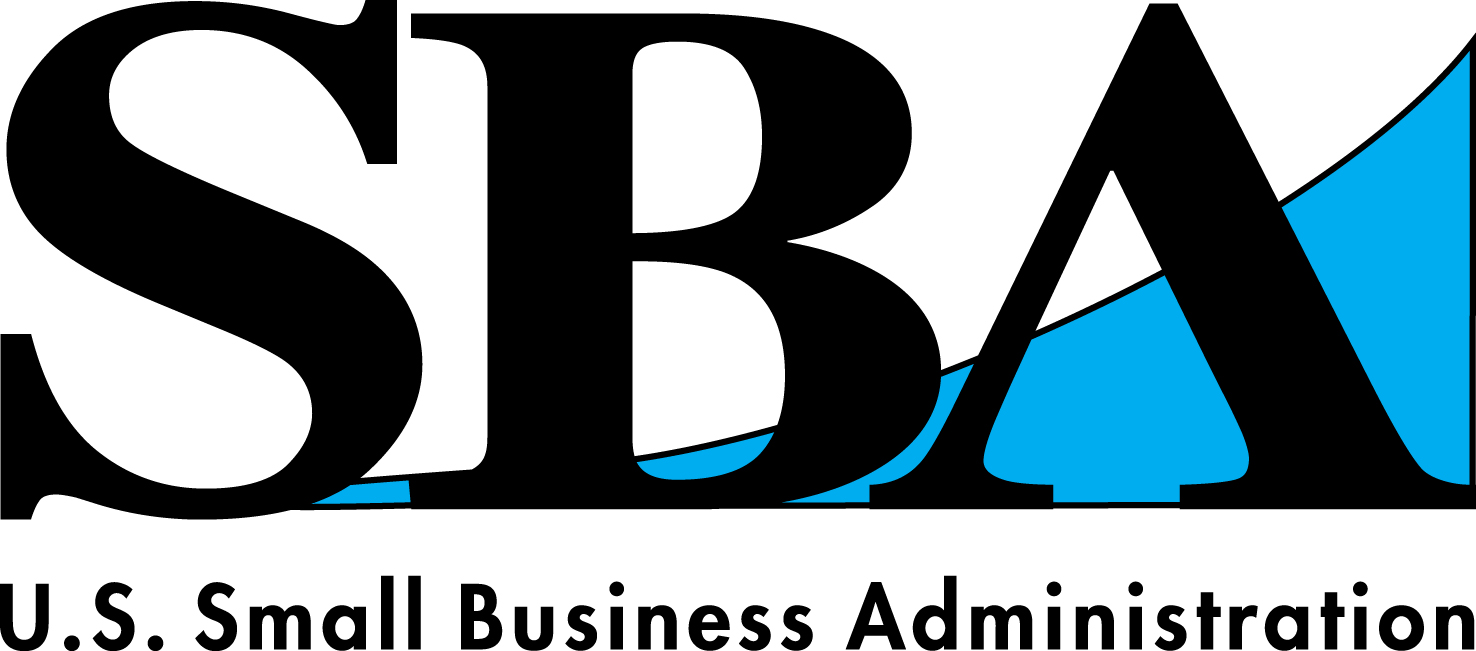
SBA’s Office of Hearings and Appeals recently issued a surprising decision finding that the mentor-protégé affiliation exemption does not excuse program-specific requirements for SDVOSB joint ventures. OHA agreed with SBA’s Office of Government Contracting in finding that an SDVOSB joint venture was ineligible because one of the joint venture partners was a large business. The two joint venture partners were approved as mentor and protégé under SBA’s 8(a) Program. They thought they qualified as a small business for the SDVOSB procurement because SBA’s size rules state that a joint venture between an SBA-approved mentor and protégé may joint venture as a small business “for any federal government prime contract or subcontract.” However, SBA and OHA disagreed and found the joint venture was not eligible because the SDVOSB joint venture rules require both companies to be a small business. According to OHA, the fact that the two companies “are mentor and protégé does not alter this result because the exceptions created for mentor-protégé joint ventures are for size and affiliation purposes, and do not excuse a mentor-protégé joint venture from complying with program-specific regulations.”
OHA’s conclusion here is difficult to reconcile because there are program-specific regulations dealing with size and affiliation. How can SBA’s size and affiliation rules in 13 C.F.R. Part 121 not apply to program-specific rules pertaining to size and affiliation?
The lynchpin of OHA’s conclusion is that 13 C.F.R. 125.15(b)(1)(i) requires each concern in an SDVOSB joint venture to be a small business. OHA held that the mentor-protégé size rule in 13 C.F.R. 121.103(h)(3)(iii) does not alter the program-specific requirement in 13 C.F.R. 125.15(b)(1)(i) that all SDVOSB joint venture partners must be small. However, if you continue reading this rule, 13 C.F.R. 125.15(b)(1)(ii) states that, for procurements that do not exceed certain dollar thresholds, SDVOSB joint venture partners are “considered to be affiliated for size purposes.” Clearly, this is a program-specific joint venture requirement that deals with size and affiliation. Therefore, it must be interpreted based on SBA’s size and affiliation rules in 13 C.F.R. 121.103, or else those size and affiliation rules are meaningless. Indeed, if the size and affiliation rules in 13 C.F.R. 121.103 did not apply in interpreting 13 C.F.R. 125.15(b)(1)(ii), then we would essentially have two separate regulatory schemes addressing affiliation and that was surely not SBA’s intention. So, if the mentor-protégé affiliation exemption clearly must apply to 13 C.F.R. 125.15(b)(1)(ii), then it must apply to 13 C.F.R. 125.15(b)(1)(i) as well.
Elsewhere, the program-specific SDVOSB rules make clear that SBA intended small business status of SDVOSBs to be determined under 13 C.F.R. Part 121. That is precisely what SBA wrote in 13 C.F.R. 125.11(b): “If the contracting officer is unable to verify that the SDVO SBC is small, the concern shall be referred to the responsible SBA Government Contracting Area Director for a formal size determination in accordance with part 121 of this chapter.” There is no caveat stating that part 121 applies to determining small business status for SDVOSBs, except for the portion of part 121 dealing with the mentor-protégé exception from affiliation. The rule simply says that small business status of SDVOSBs is determined under part 121, which should be read as incorporating the entirety of part 121 (including the mentor-protégé affiliation exemption).
In other cases, SBA’s Office of Government Contracting and OHA have looked to SBA’s 8(a) Program rules as guideposts in interpreting and applying the SDVOSB rules. It is clear that the mentor-protégé affiliation exemption applies for 8(a) joint venture procurements, and the 8(a) rules reiterate the language found in 13 C.F.R. 121.103(h)(3)(iii), stating that the mentor-protégé affiliation exemption applies to all federal procurements. SBA and OHA should have followed these 8(a) Program guideposts, as they have done in other cases.
OHA’s ruling addressed an SDVOSB joint venture, but would apply similarly to a WOSB joint venture. It appears a regulatory fix is needed to make clear to the Office of Government Contracting and OHA that a joint venture between a mentor and protégé can meet the program-specific small business requirements for any federal procurement. Without a change in the rules or SBA’s interpretation, contractors should be wary of pursuing a SDVOSB or WOSB procurement via a mentor-protégé joint venture when the mentor is a large business.
Finally, this case also dealt with differences between the 8(a) mentor-protégé joint venture rules and the SDVOSB joint venture rules regarding the content of a joint venture agreement. SBA’s pending mentor-protégé rulemaking is expected to provide uniform joint venture requirements for each program, which would presumably address this aspect of the case by requiring the same content in joint venture agreements across all the programs. But we will have to wait and see when the final rule is issued.
The case referenced above is In the Matter of EKCG, LLC, SBA No. VET-255 (2016).
About the Author: Jon Williams is a partner with PilieroMazza and a member of the Government Contracts Group. He may be reached at jwilliams@pilieromazza.com.


